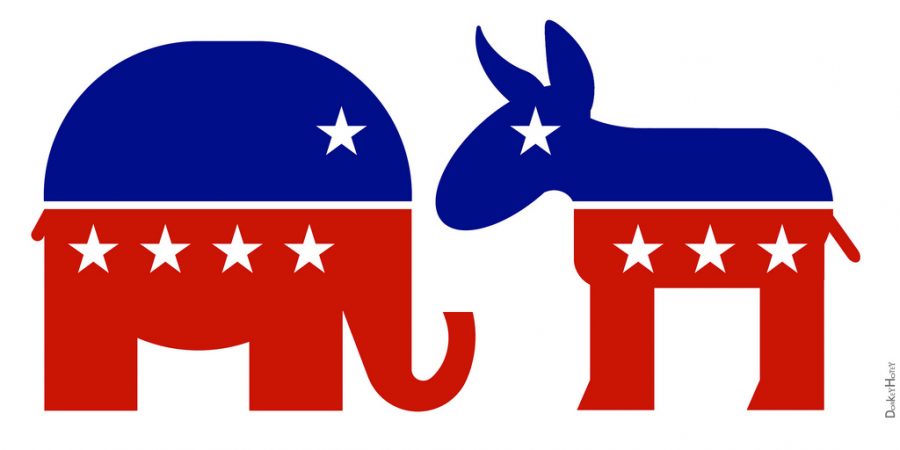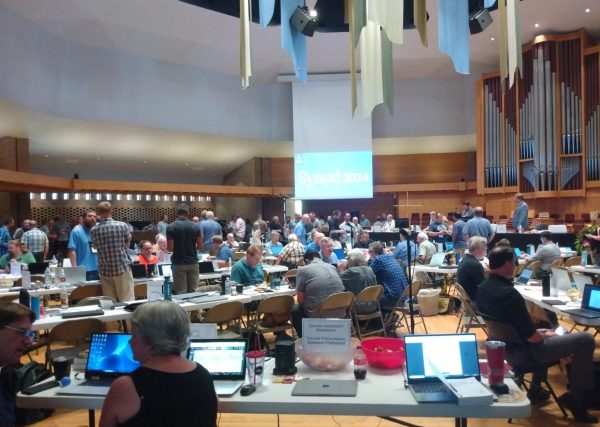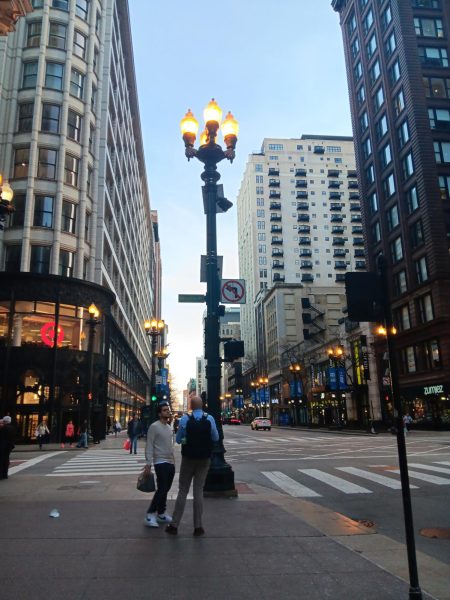Opinion: The cost of polarization
Political polarization s causing damage among the American people. Just in the first month of 2018, there was a government shutdown that lasted three days. A controversial State of the Union Address caused protests in the days prior, and caused some politicians to boycott the event. The reason for these fiascos is extreme political polarization.
The government shutdown in January was due to a filibuster enacted by the Senate Democrats, caused by their disapproval of the contents in the 2018 Federal Budget proposal. This resulted in a shutdown that lasted for three days and concluded with Congress passing a temporary spending bill that lasted until Feb. 8.
According to the Washington Post, when the government shut down in 2013, the economy lost 24 billion dollars. During the 2018 shutdown, some public programs closed according to an ABC News report. Similarly, members of the military and some federal workers received no pay.
In the end, the legislators, whose disputes started this entire dilemma, came out in one piece. Senators, like Bernie Sanders, continue to earn money to pay for the multiple homes while the general public gets the short end of the stick.
In the State of the Union Address, Trump called for a bipartisan effort from the Democrats and Republicans in Congress.
Whether one likes President Trump’s politics or not, there needs to be more of an effort for unity in public policy.
Several members of the Democratic Party, including Minority Leader Nancy Pelosi, didn’t praise the President’s call for unity. Instead, they decided to resume their staunch criticism of President Trump. The Democratic Party would rather show opposition against an elected official they dislike than focus on the needs of the people who elected these representatives and senators to Congress in the first place.
According to a study done by The Pew Research Center in 2014, 27 percent of Democrats in this survey believed that Republicans were a threat to the wellbeing of the United States. Conservatives fared even worse with 36 percent of Republicans surveyed felt that Democrats were a threat to the country.
This is further emphasized by other statistics found in the same study. While 94 percent of Democrats lean more to the left compared to a moderate conservative.
This survey clearly displays that polarization exists all over the United States, not just on Capitol Hill. Also, this, and the response to the President’s speech, proves that people from the left and right are becoming so opposed to each other that they no longer want to work together.
Politically, economically and socially, America is divided. Now we face the consequences that comes from that division.







